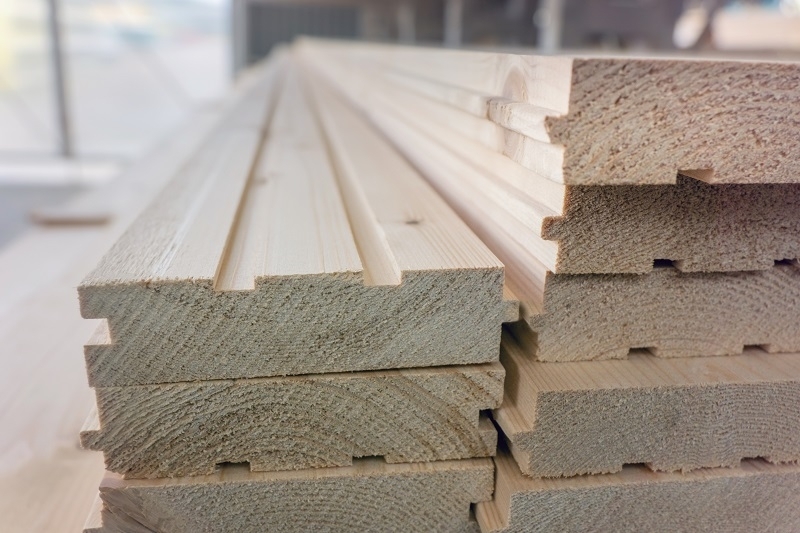Sawing, Moulding, and Staining
Published: 11/04/22 By: Mike Bekin
When you think of a tree, freshly harvested and still covered in bristly bark, and then you think of the timber used for hardwood flooring or a kitchen table, the two are worlds apart. The look of smooth, beautifully stained timber is very different from the tree as it began. So how does this happen? Sawing, moulding and staining are three key steps in solid timber processing, and we are going to take a look at each in this quick guide.
Sawing
Once the log arrives at the sawmill, it is converted into planks by skilled sawmillers who know how to optimise a cone-shaped log into straight and consistent boards which are as long and wide as possible. To do this they use large band-saws which can continuously move down the log while it slices it.
What is Timber Planing?
Planing, or moulding, is the process of shaving the raw, fresh timber plank until it is smooth. Planing is common for timber regardless of application but is particularly important when the wood will be seen or touched, lending a more aesthetically pleasing finish, and for applications such as decking or cladding, as well as mouldings.
A planer has several rolling steel cutters which spin very fast. They smooth out all the lumps, bumps and rough edges which are prevalent in unprocessed wood, getting it ready for commercial use.
Even if you are looking for an imperfect wood with knots, holes and all the natural details which make timber beautiful, planing is still common as it makes the main surface straight and smooth to the touch. The details remain but the wood is smoother and easier to work, thus making it more practical to use.
What is Timber Profiling?
The planer’s steel rolling cutters can be changed to add specific profiles to the timber. The range is enormous and can even be custom made, but the usual profiles include smooth and grooved decking, shiplap or tongue-and-groove cladding, architraves and skirting boards and many, many more.
Additional Processing of Solid Timber
These are only some of the methods of processing that can change the look and properties of the timber you choose. Applying a stain or finish is yet another common step, in which the colour of the wood can be changed and resistance to water or fungal attack can be improved. Timber can also be treated to improve its durability, creating products such as thermo woods which are more stable and have greater resistance to rot.
Find Out More About the Timber Options Available at EcoChoice
If you are considering using timber for a construction project, we can help! Our team at EcoChoice are timber experts, offering a wide range of species sourced from sustainable forests. If you have any questions about timber processing or would like us to help you match your needs to the right species, get in touch with us today and we will be happy to help.
Image: Alien Cat / Shutterstock.com
